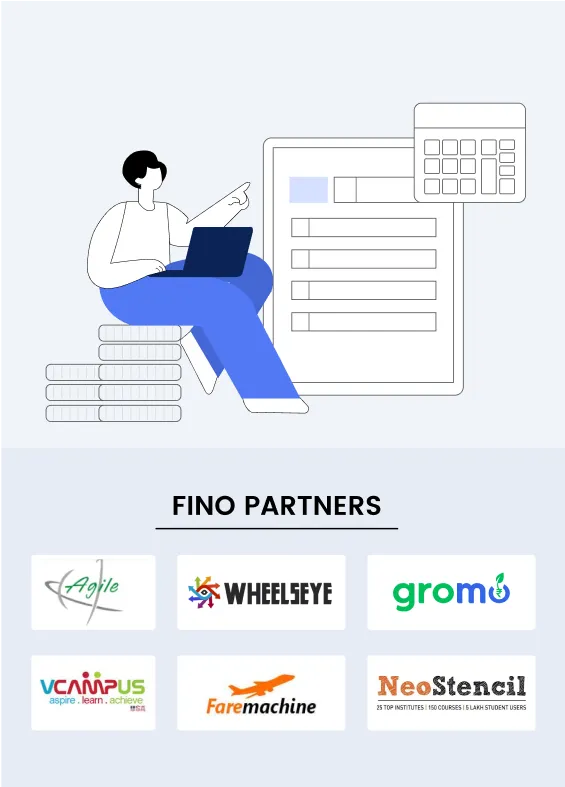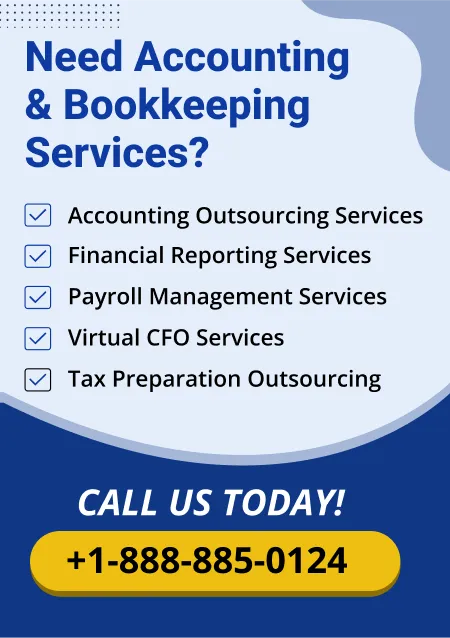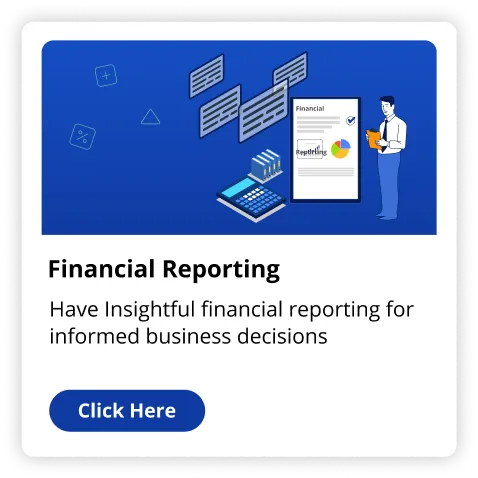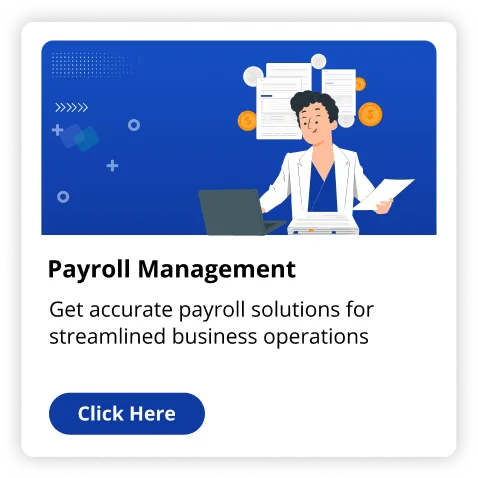If you are a U.S based bookkeeping firm considering expanding into tax preparation, you are not the only one. Numerous small firms and sole bookkeepers are making this change to drive more revenue and better serve clients. A 2024 study by IBIS World estimates the U.S. tax preparation services market is worth over $14 billion and expanding. Professional tax assistance is in demand, especially for small business owners, gig workers and new entrepreneurs.
But entering tax prep would mean you need inexpensive, efficient and user-friendly software. That is exactly where Drake Tax Software will come in. But is Drake truly a great fit for bookkeeping firms getting into tax work? Let us understand this.
What Is Drake Tax Software?
Drake Tax is Tax preparation software for accountants, Tax preparers and growing bookkeeping companies. It has existed from 1977 and is feature-packed, cheap, and fast. Drake prepares state and federal tax returns for people, companies, partnerships, nonprofits, wills and other things.
The software is popular with small to mid sized firms for:
- Simple to learn.
- Affordable compared to bigger platforms.
- Included e-filing, document management and built-in diagnostics.
When you are moving from standard bookkeeping to complete tax services, tools such as Drake will enable you to do it while not becoming overwhelmed.
Why Bookkeeping Firms Are Getting Into Tax Prep
Bookkeeping and tax preparation go together. If you deal with a client's day-to-day transactions, you are already half done assisting them with taxes.
Why many firms are adding tax services:
- Extra income: Tax season brings in a major cash flow boost.
- Better client relationships: Clients want one firm doing everything.
- Year-round service: You are busy year round, not just during tax time.
However tax prep can be intimidating, particularly in case you are just starting or you miss a CPA on staff. That is where the right software becomes your partner.
Is Drake Tax Software Right for You?
Here are some pros and cons of Drake tax software to help you evaluate:
Pros of Using Drake for New Tax Preparers:
Affordable Pricing
Drake is budget-friendly for small firms or solo bookkeepers. You choose between:
- Pay-Per-Return: Good for firms with fewer returns.
- Unlimited Version: One time flat fee for unlimited filings.
User Friendly Interface
Even in case you are not really a tax expert, Drake's layout is straightforward. You enter client information step by step and the system looks for errors before you file.
Fast Data Entry
Speed matters during tax season. Drake lets you jump through forms easily and reuse client data year after year.
Great Customer Support
In case you get stuck, their support staff is U.S based and generally picks up the phone quickly. That helps if you still don't have a personal accountant or team to rely on.
Built In Tools
Drake includes:
- E-filing.
- Document storage.
- Tax planner.
- QuickBooks integration (handy in case you already complete books).
Cons to Consider:
Outdated Look
Drake works ok but the interface is a tad old-school. It may take some adjustment if you are accustomed to contemporary cloud apps.
Learning Curve for Complex Returns
Drake is easy for basic returns but requires some training or outside assistance for corporate or multi-state returns. Here you may need a tax professional or tax specialist.
Not Totally Cloud Based
The primary Drake desktop software must be installed on your computer. They charge extra for Drake Hosted (a cloud version).
What if You're Not a Tax Pro Yet?
If you're a bookkeeper but not yet confident in tax law, don't worry. Drake is designed to help non-CPAs get started, thanks to:
- Templates for common forms.
- Built-in tax code references
- Helpful video tutorials
But be honest about your limits. If you're handling complex business returns or IRS audits, you may need an accountant with more training or even a licensed personal accountant to review your work.
Expanding doesn't mean doing it all alone. You can offer basic tax services now and hire an accountant as your firm grows.
Tips for Bookkeepers Using Drake for the first Time
Start with 1040s
Begin with personal tax returns. They're simpler and great for building confidence.
Practice with Sample Data
Drake lets you create test returns. Use these to get comfortable before working with real clients.
Join Forums or Facebook Groups
There are many tax prep groups online where Drake users share tips and answer questions.
Use Drake's Knowledge Base
Their online support hub has step-by-step guides for almost every feature.
Take a basic Tax Course
Even a short IRS or community college course can go a long way.
When Should you Hire Help?
If you're asking yourself, "Do I really need an accountant or can I handle this alone?" - it depends on your clients.
You may be able to handle:
- Simple 1040s for individuals.
- Schedule C returns for freelancers.
- Single-member LLC returns.
But if you're working with:
- Corporations (C-Corp, S-Corp).
- Partnerships.
- Clients with multiple states or foreign income.
It's wise to hire an accountant or at least review returns with a licensed tax pro. This protects you from errors and helps your clients stay compliant.
Also Read: Personal Accountant or Tax Software: Which Is Cheaper in 2025?
Conclusion
Yes, Drake is a smart, affordable choice for bookkeeping firms expanding into tax prep. It gives you the tools to get started without spending a fortune. You can grow at your own pace, offer value to your clients, and gradually build your tax knowledge.
As you scale up, you'll likely need an accountant on your team or as a consultant to handle the tough stuff. But thanks to Drake's ease of use and great support, you won't feel overwhelmed from day one.
Remember, the U.S tax prep market is huge, and there's room for growth. Whether you're a solo bookkeeper or running a small firm, now 's a great time to expand your services and Drake can help you do it right.



























